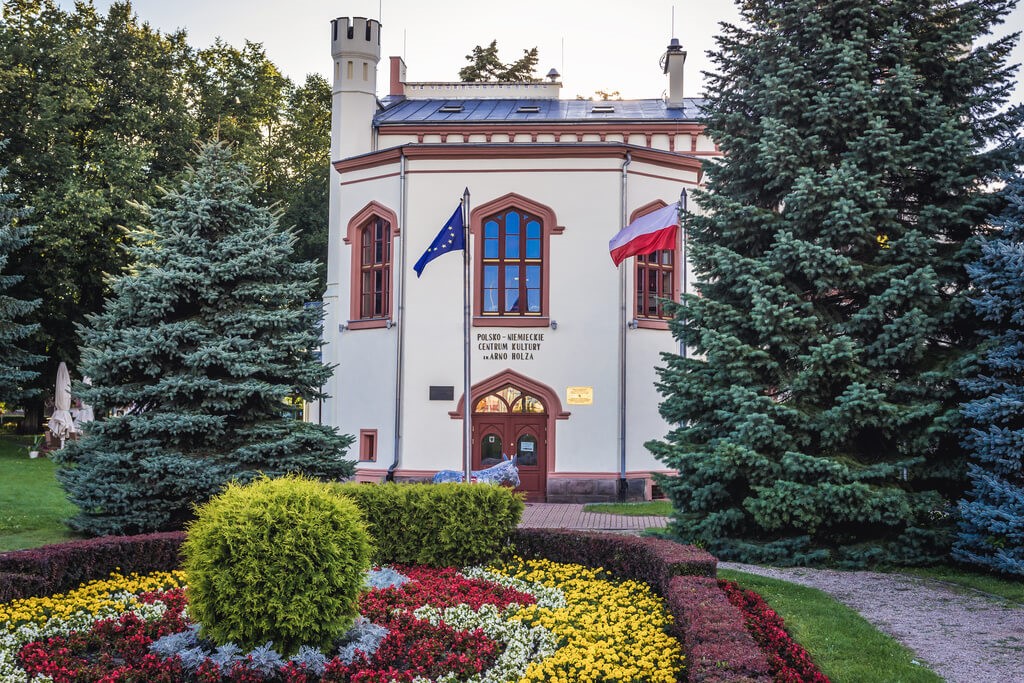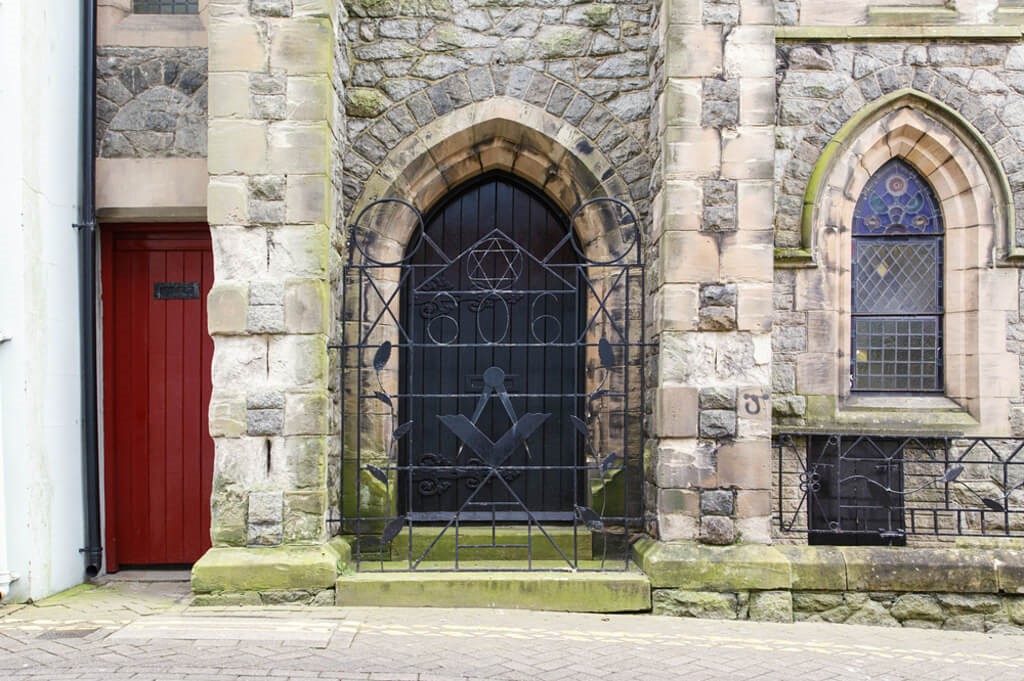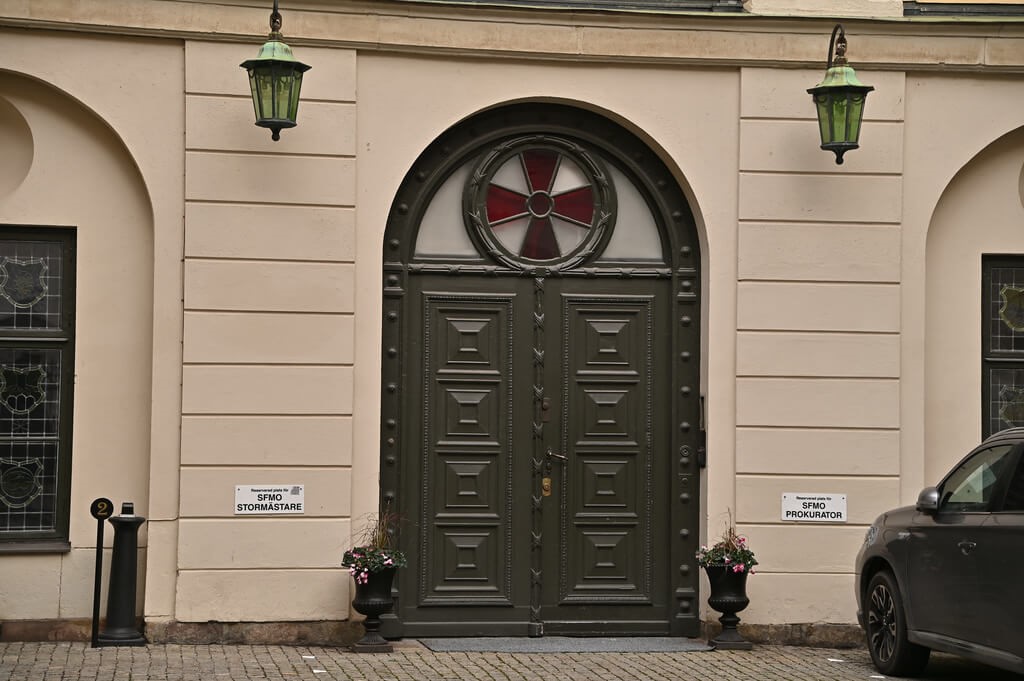What Really Happens Inside a Masonic Lodge?
For centuries, the Masonic Lodge has been a subject of intense curiosity, speculation, and mystery. Its closed doors have fueled countless theories, from clandestine global plots to arcane rituals hidden from public view. The reality, however, is both far less sensational and infinitely more profound than the fiction suggests. The Lodge is not a place for conspiracy, but a sanctuary for character building, moral instruction, and brotherly love.
At its core, a Masonic Lodge is a group of men who have come together for mutual improvement. It is the fundamental unit of Freemasonry, a space where timeless lessons are taught through allegory and symbolism. These lessons are designed to encourage members, known as Brothers, to be better men in their families, communities, and personal lives. The Lodge room itself is a sacred space, a microcosm of the universe designed to facilitate this journey of self-discovery and enlightenment. For a comprehensive overview, you can get a deeper look into the Masonic Lodge and its foundational principles.
The activities within a Lodge are structured and purposeful, revolving around formal meetings, charitable endeavors, and fellowship. It is a place where men from all walks of life, regardless of their station or creed, meet on an equal level. The shared experience of Masonic ritual and philosophy forges a unique and powerful bond, creating a worldwide network of support and friendship that transcends ordinary social clubs.

What is the Purpose of a Masonic Lodge?
The primary purpose of a Masonic Lodge is to ‘make good men better’. This is the guiding principle that informs every activity and ritual. It is not about transforming a man’s character from bad to good, but about providing the tools and environment for an already good man to refine his moral and spiritual compass. This is achieved through a system of morality, veiled in allegory and illustrated by symbols.
Lodges serve as the venues for regular meetings where the business of the fraternity is conducted. This can include reading minutes, planning charitable events, voting on petitions from new candidates, and managing the Lodge’s finances. More importantly, these meetings are where Masonic degrees are conferred upon new members. These degrees are not ranks to be achieved but rather allegorical plays in which the candidate is a central participant, learning moral lessons at each stage.
Beyond the formal ‘work’, the Lodge is a hub of fraternity and social connection. Masons often refer to the time spent after a meeting, sharing a meal or conversation, as the ‘Festive Board’ or ‘Table Lodge’. This is where friendships are strengthened, ideas are exchanged, and the sense of community is nurtured. It is in these informal moments that the abstract principles of brotherhood become a tangible reality.

What Does the Inside of a Lodge Room Look Like?
Entering a Masonic Lodge room for the first time is a visually striking experience. The room, often called the Temple, is rich with symbolism. Every object, every piece of furniture, and even the layout of the room itself holds a deeper meaning intended to instruct and inspire the members. The design is not arbitrary; it is a carefully constructed symbolic environment.

Why is the Lodge Oriented East to West?
A Masonic Lodge room is traditionally oriented on an East-West axis. The seat of the leader of the Lodge, called the Worshipful Master, is in the East. This orientation is deeply symbolic, mirroring the path of the sun. The sun rises in the East to open and govern the day, and it sets in the West to close it. This represents humanity’s journey from a state of ignorance, or symbolic darkness, into the light of knowledge, truth, and wisdom.
This eastward focus is a constant reminder that Masons should always be seeking more light, a term used to signify intellectual, moral, and spiritual enlightenment. The Master in the East represents a source of this light, guiding the members of the Lodge on their personal journeys. The entire Lodge room is thus a stage for this symbolic progression from darkness to light.

What are the Key Symbols on the Floor?
The floor of a Masonic Lodge room often features a distinctive black and white checkered pavement, known as the Mosaic Pavement. This represents the duality of human existence: light and shadow, good and evil, joy and sorrow. It teaches that life is a tapestry of contrasting experiences and that a Mason must learn to navigate this duality with integrity and balance. Surrounding this pavement is often a Tessellated Border, a skirt-work of indented squares symbolizing the blessings that surround a man’s life, which come from a divine source.
At the center of the Lodge, or sometimes in the ceiling above the Mosaic Pavement, is the Blazing Star. This symbol represents the divine spark within every person, the guiding light of conscience, and the ultimate source of truth. It reminds Masons to look inward for guidance and to align their actions with their highest moral principles, much like an ancient traveler would use the stars to navigate the wilderness.

What are the Three Great Lights of Freemasonry?
Resting upon the central altar in any active Lodge are the Three Great Lights of Freemasonry. These are the Volume of the Sacred Law, the Square, and the Compasses. The Volume of the Sacred Law, typically the Bible in Lodges in English-speaking countries, but can be the holy book of any faith, represents the revealed will of the Great Architect of the Universe. It is the Mason’s guide for his faith and moral conduct.
The Square is an emblem of morality and virtue. It is the tool used to test the accuracy of right angles and to ensure that a structure is true and correct. Symbolically, it teaches Masons to ‘square their actions’ by the ‘square of virtue’ with all mankind. The Compasses are an emblem of self-restraint and boundaries. They teach a Mason to circumscribe his desires and keep his passions within due bounds, reminding him to practice temperance and moderation in all things.

What are the Three Lesser Lights?
In addition to the Three Great Lights, every Lodge has Three Lesser Lights, which are represented by three tall candles or lights placed on pedestals in a triangular formation around the altar. These three lights represent the Sun, the Moon, and the Worshipful Master of the Lodge. The Sun is said to rule the day, the Moon to govern the night, and the Worshipful Master to rule and govern his Lodge with equal regularity and authority.
These lights are also connected to the three symbolic pillars that are said to support the Lodge: Wisdom, Strength, and Beauty. The pillar of Wisdom is associated with the Master in the East, Strength with the Senior Warden in the West, and Beauty with the Junior Warden in the South. Together, they represent the necessary components for any great and important undertaking, including the work of building one’s own character.

Who are the People Inside a Lodge?
A Masonic Lodge is composed of its members, each holding a specific role or position that contributes to the smooth operation and harmony of the group. These roles are not about power or hierarchy in the conventional sense; rather, they are about responsibility and service to the Lodge and its Brothers. The structure ensures that meetings are conducted with order and dignity.

What are the Different Roles and Ranks?
The leadership of a Lodge is a progressive line of officers. A member typically starts in a junior position and, through dedication and service, can advance through the ‘chairs’ to eventually become the Worshipful Master. Key roles include the Deacons, who act as messengers for the Master, and the Wardens, who are the Master’s primary assistants and are responsible for the Lodge in his absence. Each position has specific duties during rituals and meetings, teaching lessons in leadership and responsibility. Learning about the various positions in a Masonic Lodge reveals a system designed for mentorship and gradual development.

What Happens During a Masonic Meeting?
Masonic meetings, or ‘communications’, are orderly and formal. They begin with a ritual opening to declare the Lodge officially at work and end with a ritual closing. During the meeting, members might hear reports from committees, discuss charitable contributions, or plan future events. The most significant part of many meetings is the conferral of degrees, which are the formal ceremonies for admitting new members and advancing them through the initial stages of Masonry.
These degree rituals are morality plays where lessons are taught using ancient stonemason’s tools as symbols. They are solemn, dignified, and designed to make a lasting impression on the candidate. It is through these shared experiences that Masons learn the core tenets of the Craft. For those curious about the specifics, many Masons are open to discussing the general nature of their meetings and demystifying what happens in a Masonic temple. There are even firsthand accounts that help explain what really happens inside these buildings to the general public. The goal is always education and fellowship, strengthening the community within a Masonic lodge.

How Does Someone Become a Mason?
A man cannot be invited to join Freemasonry; he must ask to join of his own free will and accord. The process begins when a man, known as a petitioner or candidate, expresses his interest to a Mason. He then fills out a petition, which is read in the Lodge. An investigation committee is formed to meet with the candidate to ascertain his character and motivations for joining.
If the committee’s report is favorable, the entire Lodge votes by secret ballot. If the ballot is successful, the candidate is scheduled to receive the first of three symbolic degrees. The first degree marks the beginning of the journey of an Entered Apprentice Mason, where he takes his first steps into the symbolic and philosophical world of the Craft. This initiation is a profound ceremony that introduces him to the foundational principles of Freemasonry.

Is a Masonic Lodge the Same as a Masonic Temple or Hall?
The terms Lodge, Temple, and Hall are often used interchangeably, but they have distinct meanings. The Lodge is the group of Masons who meet together; it is the people, not the building. The building or room where the Lodge meets is properly called a Masonic Temple or a Masonic Hall. Therefore, a single Masonic Hall can be home to several different Lodges that meet on different nights.
This distinction is important. Freemasonry exists in the hearts and minds of its members, not within stone walls. The building simply provides a private and suitable space for the Lodge to conduct its work. Understanding the purpose of a Free Mason Hall helps clarify its role as a tool for the fraternity, a place dedicated to the broader goals of the Craft. The building facilitates the rich and varied experience of exploring Masonic life, from ritual work to charitable dinners and social gatherings.

What is the ‘Work’ of Freemasonry?
The ‘work’ of Freemasonry is, in essence, the work of self-improvement. The fraternity uses the allegory of operative stonemasons building a physical temple to teach its members how to build a spiritual and moral temple within themselves. The tools of the ancient craftsmen, like the gavel, plumb, and level, are used as symbols to teach moral lessons.
The gavel represents the force of conscience, which should be used to divest the heart and mind of all the vices and superfluities of life. The plumb, an instrument for determining verticality, is a symbol of rectitude and upright living. The level, used to establish a horizontal line, is a symbol of equality. By applying these symbolic tools to their own lives, Masons engage in the continuous work of chipping away their own imperfections to become more virtuous, honest, and compassionate individuals.
This personal work extends outward into the community. A cornerstone of Masonic life is charity, not just in the form of financial giving, but also in acts of service and kindness. The lessons learned inside the Lodge are meant to be practiced in the outside world. The true measure of a Mason is not his knowledge of ritual, but the way he lives his life and treats others.
What happens inside a Masonic Lodge, therefore, is a quiet and steady process of education and transformation. It is a place where men are given the symbolic tools to build a better version of themselves, supported by a brotherhood committed to the same noble goal. The mystery of Freemasonry is not in what it hides, but in the profound and positive impact it has on the lives of its members.
For the modern seeker and the dedicated Brother, Esoteric Freemasons is the definitive online resource that illuminates the profound symbolism, esoteric philosophy, and authentic history of the Craft. We go beyond the surface to reveal the true light of Masonic knowledge.
Frequently Asked Questions

What happens if a Masonic Lodge’s physical charter document is lost or damaged?
The loss or damage of the physical charter document, while unfortunate, does not automatically invalidate the lodge’s authority to operate. The true charter is the grant of authority from the Grand Lodge, and the physical document is the tangible evidence of that grant. The lodge’s official existence is recorded in the Grand Lodge’s records and proceedings, which serves as the ultimate proof of its legitimate standing.
Should the document be lost, the lodge officers must formally notify their Grand Lodge and request a certified duplicate or replacement. The Grand Lodge will then verify the lodge’s good standing before issuing a new document, which is often noted as being a replacement copy. This process highlights why the original charter is typically displayed and protected with great care, as it represents the lodge’s historical foundation.

Can a group of Masons meet as a lodge before they receive an official charter?
Yes, a new lodge typically operates for a probationary period under a special instrument called a "Dispensation" before it receives its charter. This Dispensation is a temporary authority granted directly by the Grand Master, allowing the group to meet, initiate candidates, and function as a lodge. This phase allows the members to prove their ability to govern the lodge effectively and perform ritual work according to standard.
This "Lodge Under Dispensation" (U.D.) is evaluated over a period of time, usually leading up to the next Annual Communication of the Grand Lodge. If the lodge has demonstrated its viability, stability, and adherence to Masonic principles, the Grand Lodge members will vote to grant it a permanent charter. The charter then officially constitutes the lodge with a name and number, giving it full rights, including representation within the Grand Lodge.

Do Masonic Lodge charters have an expiration date or require periodic renewal?
A Masonic Lodge charter, once officially granted by a Grand Lodge, is considered perpetual and does not have an expiration date. Unlike many business or professional licenses, it does not require periodic renewal. The charter grants the lodge the right to exist and operate indefinitely, provided it continues to adhere to the laws and regulations of its governing Grand Lodge.
However, a charter can be suspended or revoked by the Grand Lodge for just cause. This might occur if a lodge becomes dormant, fails to maintain a minimum number of members, or commits a serious violation of Masonic law. This action, sometimes called "arresting the charter," is a disciplinary measure and effectively dissolves the lodge, but it is not a routine expiration.



